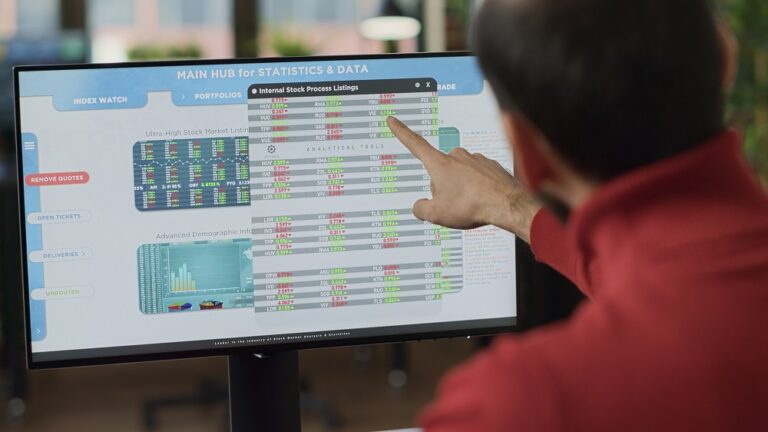Tracking success isn’t just about numbers on a dashboard—it’s about understanding what those numbers mean and how they drive decisions. Whether you’re running a business, managing a project, or overseeing team performance, a comprehensive scorecard solution helps you connect strategy with execution.
But not all scorecard systems are created equal. Some are clunky, some lack flexibility, and others overwhelm you with too much data. So how do you find the right one? In this post, we’ll explain everything you need to know.
What Makes a Scorecard Solution “Comprehensive”?
A basic performance dashboard gives you surface-level insights, but a true scorecard solution digs deeper. It doesn’t just show numbers—it tells a story.
The best and most comprehensive scorecard solutions track multiple dimensions of success, from financial performance and customer satisfaction to operational efficiency and employee productivity. More importantly, they align these metrics with your actual goals, so you’re not just collecting data—you’re using it to make real improvements.
Key Factors to Consider
Customization: One Size Never Fits All
No two businesses operate the same way, so why settle for a rigid, one-size-fits-all scorecard? A customizable solution lets you tailor everything—from the KPIs you track to the way data is displayed.
Look for a system that allows you to adjust dashboards, reports, and metrics based on your specific needs. If a tool forces you into predefined templates that don’t align with your strategy, it’s going to feel more like a limitation than a solution.
Real-Time Insights: Data That Moves as Fast as You Do
Static reports quickly become outdated, leaving you making decisions based on yesterday’s numbers. A strong scorecard solution updates in real time, ensuring you always have the most current data at your fingertips.
This is especially important for businesses that need to react quickly to performance shifts. If revenue suddenly drops or customer engagement spikes, you should know immediately—not at the end of the month when it’s too late to act.
Ease of Use: Because Nobody Has Time for Complex Systems
A scorecard is only useful if people actually use it. If a system is clunky, confusing, or requires a coding degree just to pull a report, it’s going to slow everything down.
The best solutions offer a clean, intuitive interface that anyone on your team can navigate. Drag-and-drop dashboards, easy report generation, and clear data visualizations make a huge difference in how effectively a tool gets used.
Automation: Less Manual Work, More Insights
Manually inputting data and generating reports takes up valuable time—time that could be spent analyzing trends and making improvements.
A solid scorecard solution should automate as much as possible, pulling data from various sources, generating real-time reports, and even sending alerts when performance metrics hit critical levels. With automation, you’re not just tracking performance—you’re proactively managing it.
Integration: Everything in One Place
If your scorecard solution doesn’t connect with your existing tools, you’ll spend more time exporting and importing data than actually using it. Seamless integration with your CRM, financial software, HR systems, and project management tools is essential.
The goal is to have one central hub where all your important metrics come together. No switching between platforms. No manual data entry. Just one place for everything you need to make informed decisions.
How to Choose the Right Scorecard Solution for Your Needs
Now that you know the key features to look for, how do you make the final decision? Picking the right scorecard system isn’t just about features—it’s about finding a tool that fits your workflow and long-term strategy. Here’s how to approach it:
- Identify Your Needs – Are you tracking employee performance? Business growth? Project efficiency? Define your top priorities.
- Test the User Experience – Most platforms offer a free trial or demo. Take advantage of this to see how intuitive the system feels.
- Check for Scalability – Will the tool still work for you as your company or project grows? Future-proofing matters.
- Compare Integration Options – If it doesn’t sync with your existing software, it’s going to create more problems than it solves.
- Evaluate Customer Support – Even the best tools can have issues. A responsive, knowledgeable support team makes a big difference.
The Power of a Well-Chosen Scorecard Solution
Finding the right comprehensive scorecard solution isn’t just about tracking data—it’s about gaining valuable insights that drive action. A well-designed system helps teams stay aligned, leaders make informed decisions, and businesses reach their goals with clarity.
The best part? Once you have a system that works for you, performance management becomes effortless, allowing you to focus on growth, strategy, and success.






